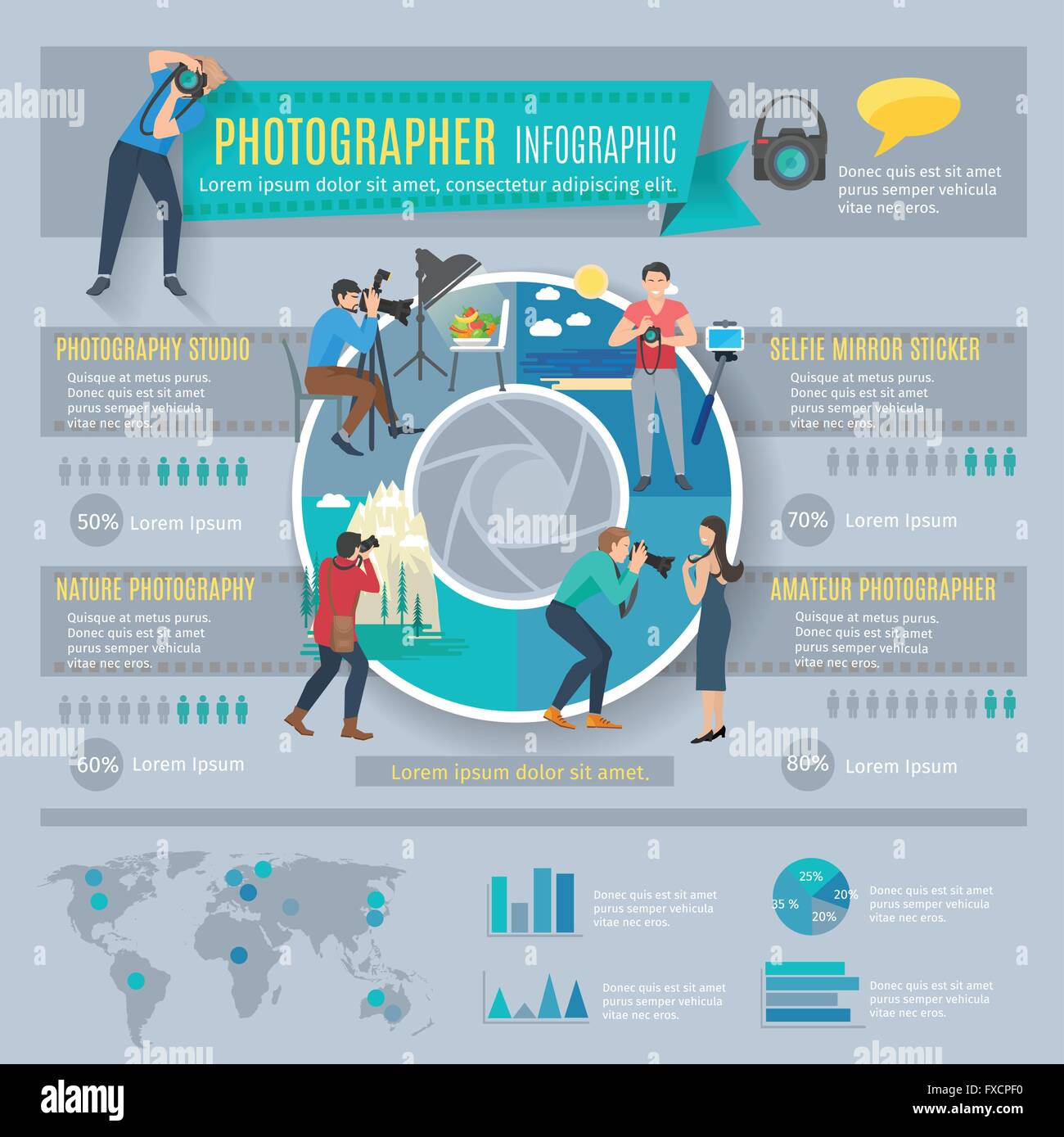Digital Photography Tips For Beginners: Mastering Your Electronic Camera In No Time At All
Digital Photography Tips For Beginners: Mastering Your Electronic Camera In No Time At All
Blog Article
Author-Ballard Monroe
When you initially get your electronic camera, it can feel frustrating with all the settings and alternatives available. You could find yourself asking yourself how to browse aperture, shutter rate, and ISO efficiently. Grasping these fundamentals is essential, but there's more to digital photography than simply technical knowledge. Comprehending make-up methods and lights problems can raise your pictures considerably. So, what happens if you could find out easy methods to enhance your abilities and begin catching outstanding photos quicker than you assume? Let's check out just how to transform your digital photography journey.
Comprehending Cam Setups
Recognizing your electronic camera setups is crucial for catching magnificent photos. When professional application photo pick up your electronic camera, familiarize yourself with the 3 major setups: aperture, shutter speed, and ISO. Each plays an important duty in how your pictures turn out.
Begin with aperture, which manages the quantity of light getting in the lens. A broader aperture (lower f-number) lets in extra light and develops a gorgeous history blur, perfect for pictures. Alternatively, a narrower aperture (higher f-number) keeps more of the scene in focus, perfect for landscapes.
Next off, concentrate on shutter rate. This setting identifies how much time your cam's sensor is subjected to light. A rapid shutter rate freezes motion, which is excellent for activity shots, while a slow shutter rate can develop sensational effects like smooth water in landscapes.
Last but not least, readjust your ISO. This setting impacts your camera's sensitivity to light. A higher ISO is useful in low-light circumstances but can introduce noise or grain. Go for the lowest ISO possible while still attaining proper direct exposure.
Structure Techniques
When you're out shooting, composition can make all the difference in how your images reverberate with audiences. Beginning by using the rule of thirds; envision your framework split right into 9 equivalent sections with two straight and two vertical lines. Setting crucial elements along these lines or at their junctions to develop balance and interest.
Next off, consider leading lines. These all-natural lines in your scene, like roads or rivers, draw the visitor's eye into the picture, leading them through the tale you're informing.
Do not ignore https://zenwriting.net/leonardo665silvana/important-digital-photography-equipment-what-you-truly-need-to-begin within your scene, like trees or home windows, to create a frame around your subject, adding depth and focus.
Likewise, watch on your background. A messy background can distract from your primary topic, while a straightforward one assists it stand out.
Lastly, trying out balance and patterns; they can create a striking photo that captures focus.
Mastering Lights Conditions
Grasping lights problems is vital for recording spectacular photographs, as the best light can transform an ordinary scene into something phenomenal.
Beginning by observing all-natural light at various times of the day. Early mornings and late afternoons provide the most effective light, known as the gold hour. The soft, cozy tones during these times can boost your images perfectly.
Don't avoid overcast days either; diffused light can minimize harsh darkness and produce a pleasing result, specifically for portraits.
Explore backlighting by positioning your topic against the light source. This technique can produce a fanciful halo impact and add deepness to your images.
Take note of your video camera settings also. Adjust the ISO, aperture, and shutter speed to suit the lighting conditions. A higher ISO can aid in reduced light, yet be cautious of grain.
Make use of a tripod in darker environments to prevent blur.
Finally, don't fail to remember fabricated lighting. Flash and continual lights can be terrific devices for controlling light in challenging conditions.
Verdict
To conclude, mastering your electronic camera does not have to be overwhelming. By recognizing your settings, applying make-up techniques, and utilizing the power of natural light, you'll rapidly elevate your photography skills. Remember, practice makes ideal, so go out there and trying out your newly found knowledge. With time and commitment, you'll be capturing stunning pictures that mirror your distinct point of view. Take https://zenwriting.net/amado846calandra/just-how-to-find-your-unique-design-as-a-professional-photographer in the journey, and do not forget to have a good time while you're at it!
